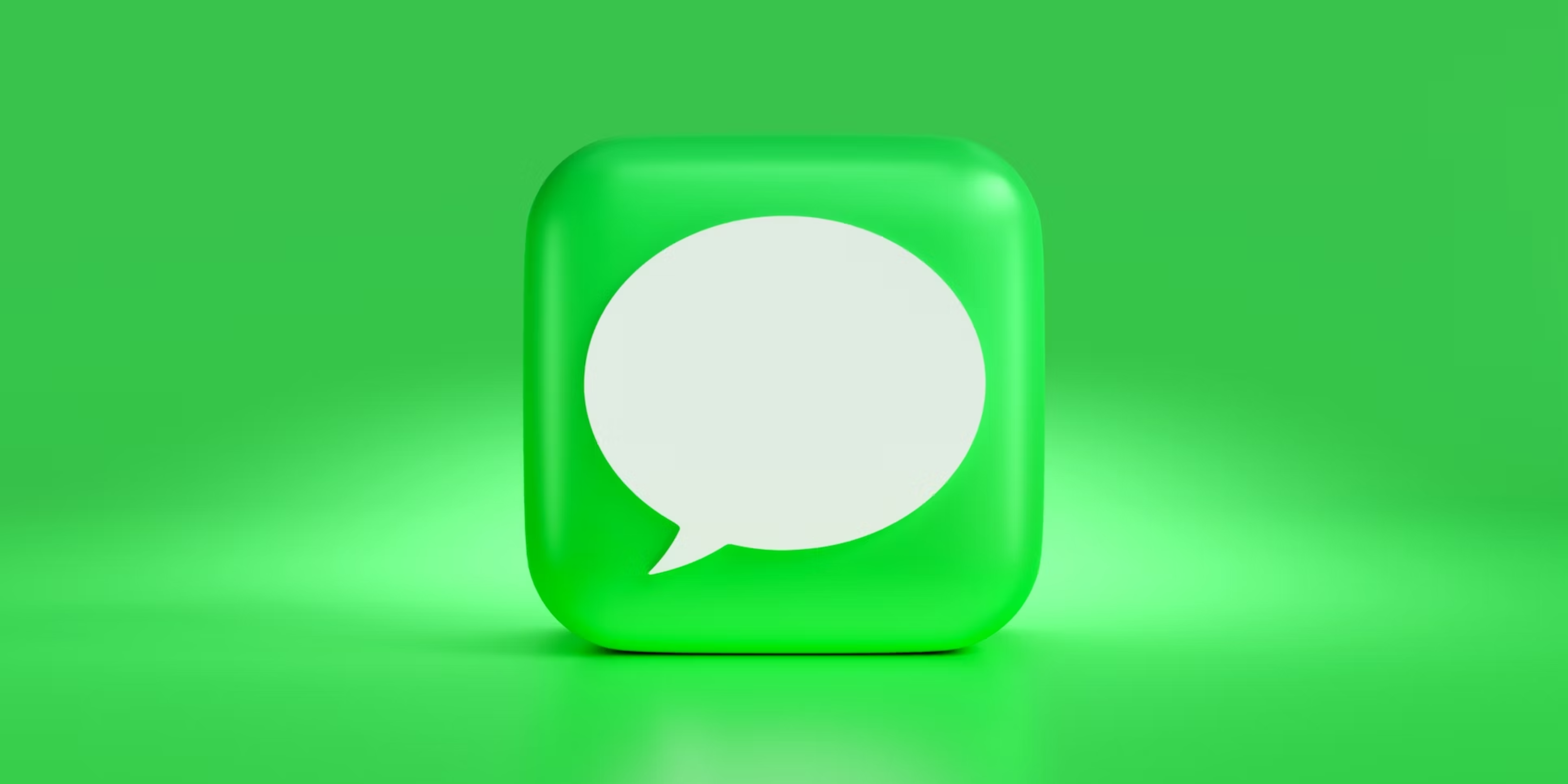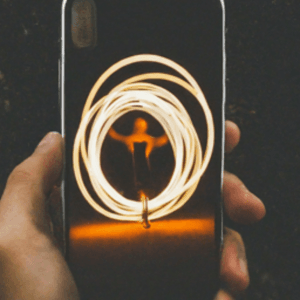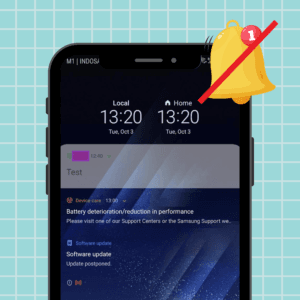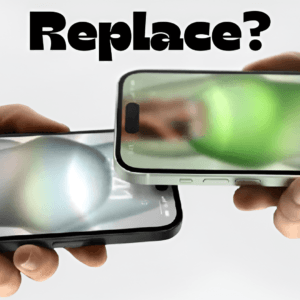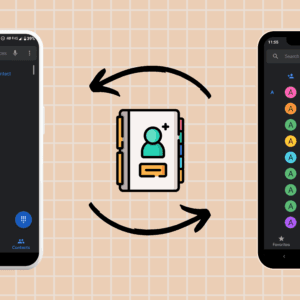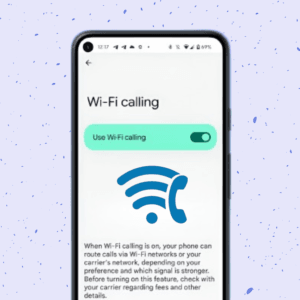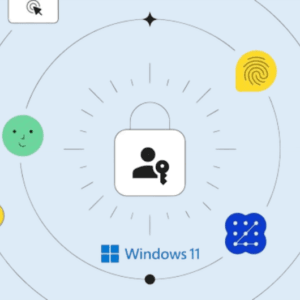Have you ever needed to send a reminder or message to yourself but couldn’t figure out how? If you have an iPhone, the answer is there in your pocket! You can use iMessage to send messages to anybody who owns an Apple device, including yourself. In this article, I’ll walk you through the fundamental processes of how to send a message to yourself in iMessage on your iPhone, ensuring that you never miss a beat. So put your feet up, grab your iPhone, and let’s get started!
Need to message yourself on iMessage
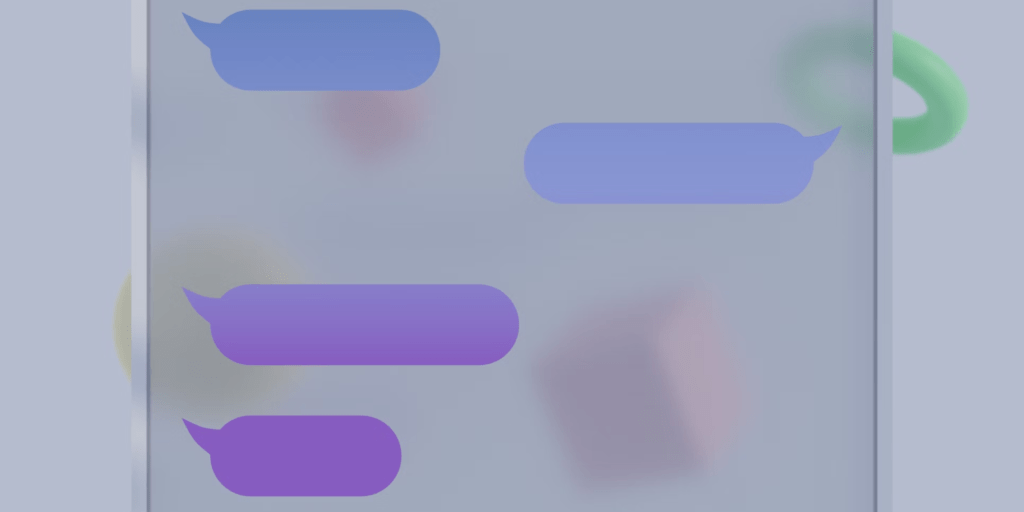
Take control of your life and send a message to yourself, reminding you of significant dates and jolting down your thoughts. Check below to learn the need to message yourself using the iMessage app on your iPhone.
- Messaging yourself allows you to keep track of your thoughts and ideas in one location.
- It provides quick and simple access to your thoughts and saves you a lot of time, especially the hustle of searching for a pen and a note diary.
- iMessage syncs easily with all of your Apple devices, allowing you to view your messages from your phone, tablet, or Mac.
- You can also share essential information with others in a matter of seconds by forwarding your message or sending it to a group conversation by texting yourself.
- You may use iMessage to set reminders to remind yourself of critical chores or appointments.
- Your notes are safe and secure from prying eyes because iMessage is encrypted.
- You can also archive messages sent using iMessage to make them easier to find later.
- You can message yourself significant dates and events; hence, keeping track of essential dates and appointments also gets easy with iMessage.
- You can also save money by simply texting yourself by removing the need for a separate note-taking app or paper and pencil.
How to send messages to yourself using iMessage
To keep your personal thoughts and ideas organized, let’s explore the secret of self-communication by learning how to send messages to yourself using iMessage. Follow the easy steps outlined below.
- Launch the iMessage app on your iPhone.
- Search for your name in the search box and choose it.
Alternatively, you can also scroll down to find your contact card. - Press the message icon.
- Type your message in the Message box.
- Hit the send button once finished.
Other than the above method, you can also follow the steps below.
- Open the iMessage app on your iPhone.
- Tap the compose button (icon with a pen and paper) to create a new message.
- Write down your desired message in the message box below.
- Enter your phone number in the recipient’s box.
- Tap on the send button.
Message yourself on iMessage quickly
Sending a message to oneself on iMessage is a quick and simple task that may be useful in a variety of scenarios. Whether you want to save essential information, keep a to-do list, or simply keep track of your ideas, iMessage makes it simple. You can also send a message to yourself and save it for later use with only a few touches.
Hope the methods described above helped you in learning the process regarding how to send a message to yourself in iMessage on your iPhone. If you’re facing any other trouble with your shiny Apple device or even a not-so-shiny one, don’t hesitate to shout out in the comments below. I’ll be your knight in shining armor, ready to conquer any tech woes that come your way.
FAQs
Q. Can I send myself an iMessage on a separate device?
Yes, you can send an iMessage to yourself from another device, but the other device must have the same Apple ID as your present device. Because your iMessage instantly syncs to any device with the same Apple ID, the message will also appear on the other device.
Q. Can I use iMessage to send a scheduled message to myself?
No, iMessage has no built-in option that allows you to schedule a message to yourself. However, you can use third-party scheduling apps or tools to schedule a message for yourself at a specific time.
Was this helpful?
Nutan is a BCA graduate with a keen interest in the world of consumer technology. A fan of both the Apple and Google ecosystems, he enjoys exploring the latest gadgets and how they can enhance our daily lives. Nutan specializes in crafting clear and informative how-to guides and comprehensive buying advice. His insightful reviews offer an in-depth look at the pros and cons of the newest tech products, helping readers make the best decisions for their needs.
